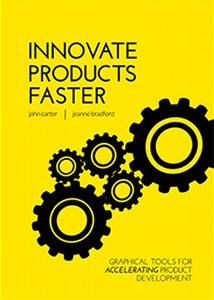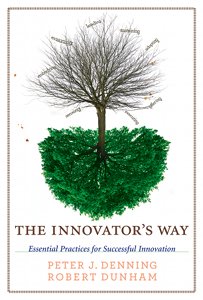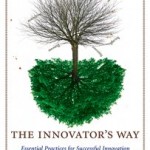Consultants suggest companies can achieve speedy innovation
Posted by Elena del Valle on May 24, 2013

Innovate Products Faster book cover
Photo: TCGen Press
Developing new products does not require a slow and ineffective process. In Innovate Products Faster: Graphical Tools for Accelerating Product Development (TCGen Press, $19.95), John Carter and Jeanne Bradford, chief executive officer and principal respectively of TCGen Inc., make the case that companies can have innovation and speed. To do so, they say, it is necessary to have mastery of tools and methodologies that will support managers in making better decisions faster. They say the tools available should be those that can be quickly understood and implemented. They should be “tactically straightforward, but strategically powerful and can be applied across different industries and organizations, from start-ups to Fortune 100 companies,” according to the consultants.
For managers and their teams they propose a Product Innovation Process they have refined and tested with 50 clients. It has three checkpoints, Concept Check-In, Product Check-In, and Release Check-In, or defined interactions between the management and the core cross-functional development teams.
They serve as peer-to-peer discussions rather than critical, hierarchical, and stress-filled reviews. Carter and Bradford outlined five core disciplines and subsets of best practices for each one. The chapters, each dedicated to a single best practice, are divided into three parts: a description, a graphic and a fictional case study. The authors indicate the best practices apply to hardware, software, cloud, device or service development. They rely on three fictional companies to illustrate the case studies outlined throughout the book.
The 240-page soft cover book is divided into an Introduction and four sections: Strategy, Management, Execution, Organization, and Process. The authors suggest readers start at the Appendix where they list the solutions for the most common problems.
Carter, founder of the company, has advised technology firms such as Apple, Cisco, NetApp and IBM, over a 35-year career. He serves on the Board of Directors of Cirrus Logic. He has raised private equity to successfully execute a roll-up in the Consumer Electronics sector and has assumed senior executive roles.













